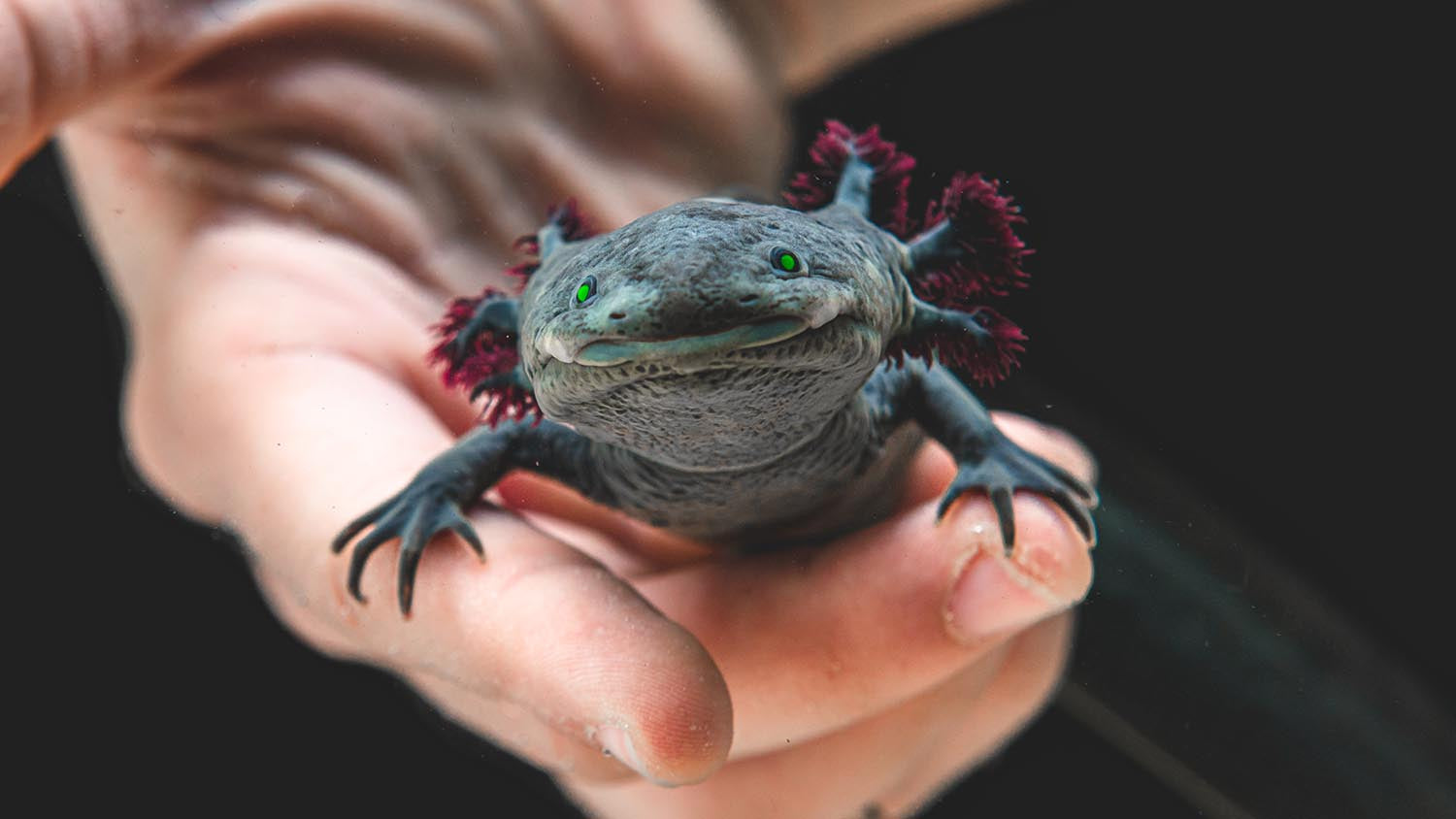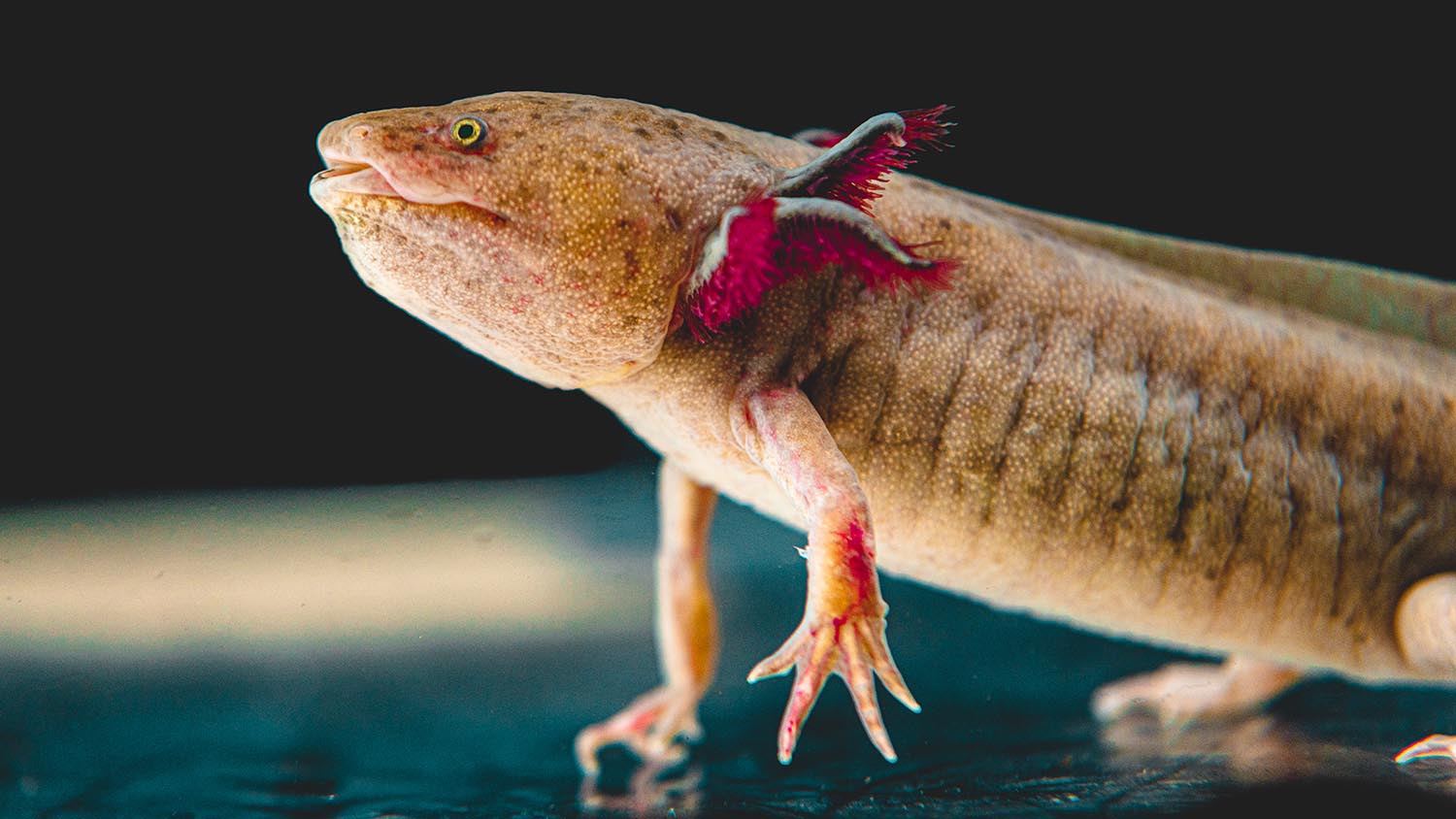Axolotls, known for their distinct appearance and remarkable regenerative abilities, are fascinating pets. One of the key aspects of their care involves understanding their lighting needs. As creatures that naturally inhabit the waters of Mexico City’s lakes, axolotls have specific lighting preferences that must be respected to ensure their well-being. This article explores whether axolotls like light, how to mimic their natural environment's day and night cycles, and the importance of providing hiding spots.
Do Axolotls Like Light?
Axolotls are unique among amphibians in several ways, one of which is their relationship with light. Unlike many animals, axolotls do not have eyelids, making them particularly sensitive to bright lights. In their natural habitat, the murky waters of Lake Xochimilco and Lake Chalco, they are accustomed to low light conditions with plenty of shaded areas.
Axolotls do not like bright, direct light. Prolonged exposure to intense lighting can cause stress and discomfort, impacting their overall health. Therefore, when setting up an axolotl aquarium, it’s crucial to create an environment that minimizes direct light and provides plenty of shaded areas.
Mimicking Natural Day and Night Cycles
To best replicate the natural environment of axolotls, it’s important to simulate the day and night cycles of Mexico City. Here are some tips to achieve this:
Light Intensity
Use low-intensity aquarium lights that are designed for amphibians or nocturnal species. These lights provide enough illumination to view your axolotls without overwhelming them.
Photoperiod
Set your aquarium lights on a timer to reflect the natural day and night cycles. In Mexico City, this means approximately 12 hours of light and 12 hours of darkness. Adjust the light schedule seasonally if desired, to mimic the slight variations throughout the year.
Natural Lighting
If possible, place the aquarium in a location where it can receive indirect natural light. Avoid placing the tank in direct sunlight, as this can increase water temperature and light intensity, both of which can be harmful to axolotls.
Providing Hiding Spots
Given their sensitivity to light, axolotls need access to hiding spots within their aquarium. These hiding spots allow them to escape bright light and reduce stress, particularly during midday when light intensity is at its peak. Here are some effective ways to create hiding spots:
Aquarium Decorations
Use aquarium-safe decorations like caves, logs, and plants to create shaded areas. Ensure these items are smooth and free of sharp edges to prevent injury to your axolotl.
Aquatic Plants
Incorporate live or artificial plants in your tank. Plants not only provide hiding spots but also contribute to a more natural and aesthetically pleasing environment.
Custom Hides
Consider adding specially designed axolotl hides, available at many pet stores. These hides are often designed to mimic natural rock formations and provide ample cover for your pet.
Substrate Choices
A soft substrate, like fine sand, can allow axolotls to burrow slightly, offering another slight form of cover. Avoid using gravel or any substrate that could be ingested and cause harm. This is a lesser chosen route of axolotls avoiding light but we have seen it before.
Monitoring Light Exposure
Regularly monitor the light exposure in your axolotl’s tank to ensure it remains within comfortable levels. Watch for signs of stress, such as your axolotl spending excessive time in hiding spots or showing reduced activity. If you notice these signs, consider adjusting the light intensity or increasing the number of hiding places.
Conclusion
Axolotls are sensitive to light and do not thrive under bright, direct illumination. To ensure the well-being of your axolotl, it’s essential to create a low-light environment that mimics the natural day and night cycles of Mexico City. Using low-intensity lighting, setting up a proper photoperiod, and providing ample hiding spots will help create a comfortable and stress-free habitat for your pet. By understanding and respecting their lighting needs, you can enjoy the unique companionship of a healthy and happy axolotl.





Leave a comment
This site is protected by hCaptcha and the hCaptcha Privacy Policy and Terms of Service apply.